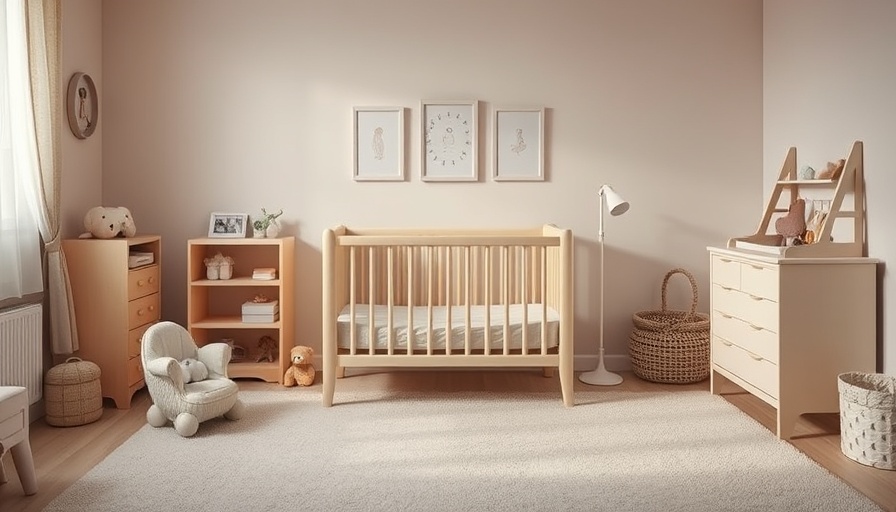
Understanding Indiana's Birth Rate Decline
Indiana's birth rate has been declining, and that’s something to talk about. It’s not just numbers; these statistics can mean big changes for families and communities. A lower birth rate can lead to fewer schools needed in the future and might affect local economies. Understanding why this is happening can help us think of long-term solutions.
Why Are Families Growing Concerned?
Many families today face challenges that can make them postpone having children. Some parents worry about job stability, housing, and healthcare—big issues that weigh heavy on the heart. When you're unsure about your future, making the big decision to start a family becomes more complicated.
The Importance of Community Support
Communities have a huge part to play in reversing birth rate declines. Families thrive when they feel supported. Local organizations can create programs to help with parenting or even offer financial assistance. These programs can help ease the worries and make the idea of having children feel more manageable.
Let's Talk Long-Term Solutions
Throwing quick fixes at the problem won’t help in the long run. Indiana needs comprehensive plans that address family and community needs over time. Simple actions like improving childcare access or ensuring affordable housing can make a significant impact on families thinking about having children.
Time for Positive Changes
As homeowners in northwestern Indiana, we must come together to support families and create an environment where raising children is less daunting. This can lead to stronger community ties and even boost our local economy.
Improving birth rates isn't just about numbers; it's about nurturing families and ensuring everyone has the resources they need. Let's be proactive and make our communities more welcoming for those thinking about starting a family.
 Add Row
Add Row  Add
Add 




Write A Comment